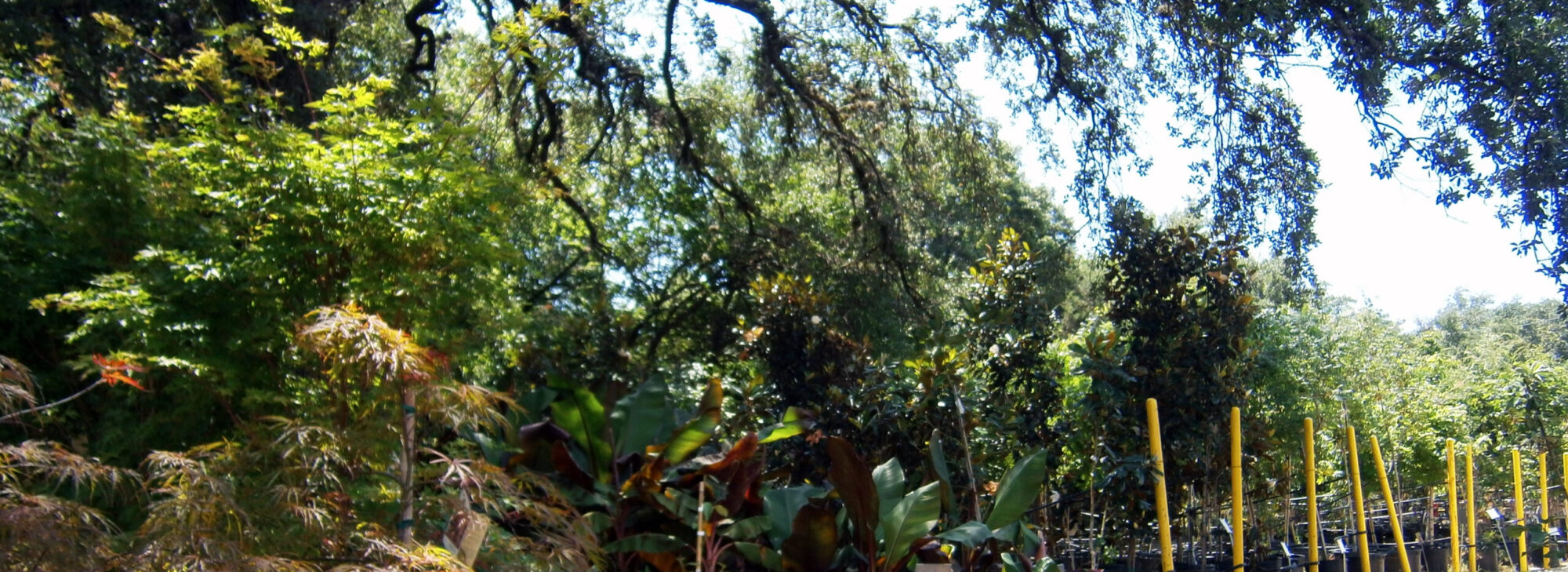How to Water Your Plants
You might be saying, why on earth would someone need to write about this? Seems easy enough; you pour some water on and you're done, right? Not so fast! Over and under watering are the most common reasons that new plants fail. Here are some tips for watering your newly planted babies.
New In-Ground Plantings
The best way to water new plants is by hand. Not only is hand watering allowed even during watering restrictions, this method ensures the plant will get enough moisture. Use a handheld hose to thoroughly saturate the root ball of the plant all the way around. Turn the hose on high and don't allow your water hose to sit off to one side. Spraying foliage is not necessary.
Perennials, annuals and shrubs should be watered 2-3 times per week, about 2-5 minutes at a time. Trees should be watered 2-3 times per week about 2-5 minutes, depending on the tree's size. Remember that seasonal adjustments may need to be made to your watering schedule (e.g. super hot, dry summers or lots of torrential downpours).
More water is not always better! The idea behind hand watering is to water deeply and infrequently. This encourages roots to go deep into the soil to get that water. Shallow watering keeps roots near the surface, causing a weaker root system.
We recommend watering regularly for the first year to get plants established. Yup, a whole year. After that you can start to slowly taper off the amount you give them.
Some Like it Hot
Er, uh dry. Plants like palm trees, succulents and cactus store a lot of water in their trunks and like to stay on the dry side, but they still need some love to get established. Water these only once a week, 3-5 minutes at a time.
Containers
Check container plants daily. In the summer, sometimes twice a day! The smaller the container, the faster it will dry out. Hanging baskets will also dry out quickly. The type of container you use can also have an effect on moisture levels. Terra cotta pots tend to dry out faster than glazed ceramic ones. That plant you bought but haven't planted yet? If it's in one of those black plastic buckets, it's going to heat up quickly in a sunny spot!
Indoor Plants
Check indoor plants for water every 7-10 days or so. Your mileage may vary. If you're getting those little fungus gnats hanging around, your plants may be staying too wet. Those little pests LOVE excess moisture.
 Established Plants
Established Plants
Established trees, shrubs and perennials often do not need weekly watering. A thorough soak a couple times per month should be enough. Except when there's....
Drought
Ugh. The D word. Even plants that are drought tolerant will feel the heat. Remember tolerant does not mean they will necessarily like it! You may need to add longer or additional waterings in a period of drought.
What About Sprinklers and Watering Bags?
Sprinklers are fine for supplemental watering, but should not be relied upon to get your plants established. Sprinklers are designed to water lawns, whose roots are only a few inches deep. Remember that thing about shallow watering? The same is true with watering bags- they should not replace regular watering by hand.
How to Check Moisture Levels
Read carefully now, this is a really sophisticated method to check your plants for water. Stick your finger in the dirt. Okay, so it's not. You really don't need fancy meters to tell you what your plant needs. This method is sometimes called the two knuckle rule. Place your finger in the soil up to the second knuckle to check for moisture. If the soil is dry, crumbly and comes off your finger easily, apply water. Wet, muddy soil that sticks to your finger means you can wait a bit.
Whew! Are you ready for a glass of water yourself? There are many philosophies regarding watering plants. These tips have served us well for over 25 years. Remember that plants are like people, some may need more attention than others, even if it's the same species or planted in the same area. Gardening takes practice and patience. As you hand water your plants, you will get to know them and their needs better. Really!


